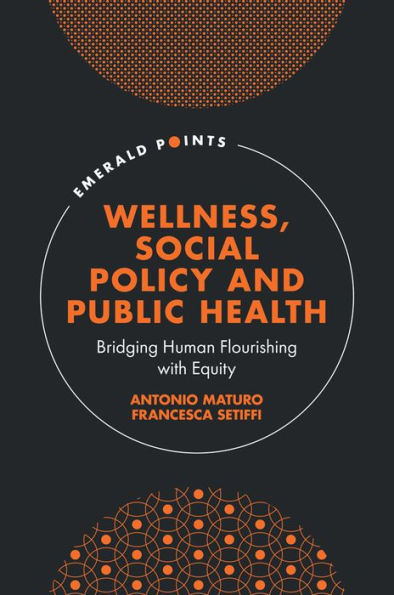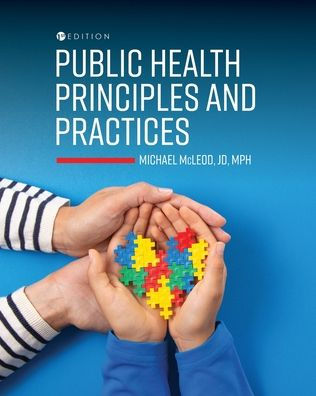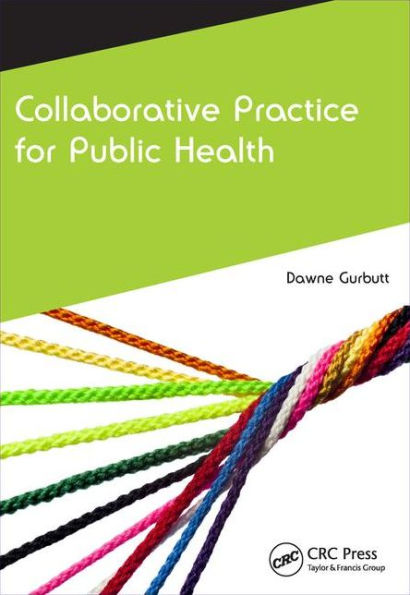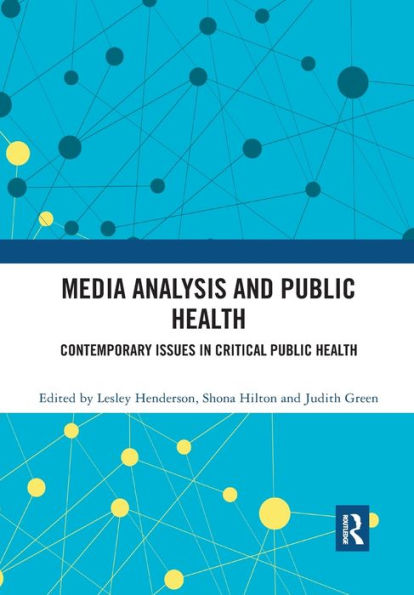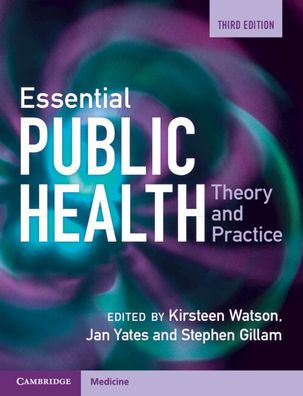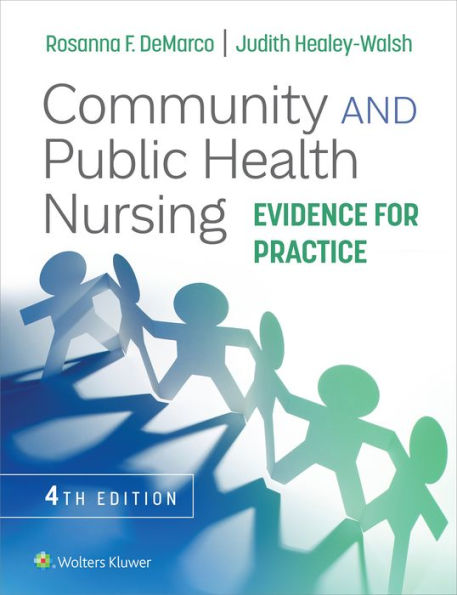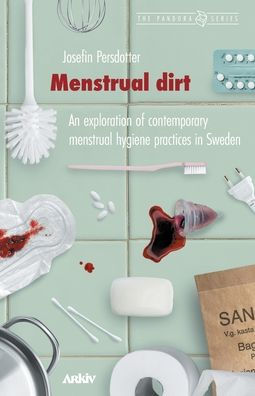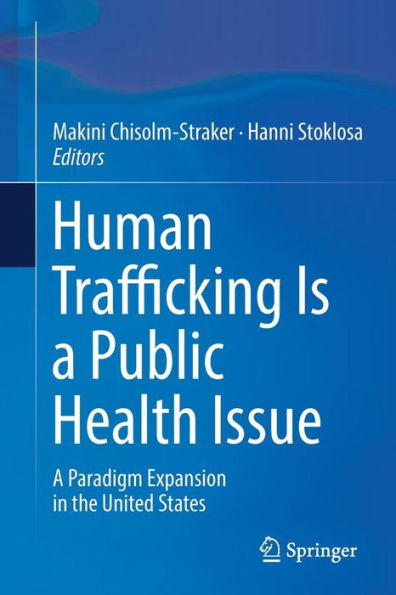Home
Public Health and Menstrual Hygiene Practices India: Practices, Costs, Equity Issues
Barnes and Noble
Loading Inventory...
Public Health and Menstrual Hygiene Practices India: Practices, Costs, Equity Issues
Current price: $190.00
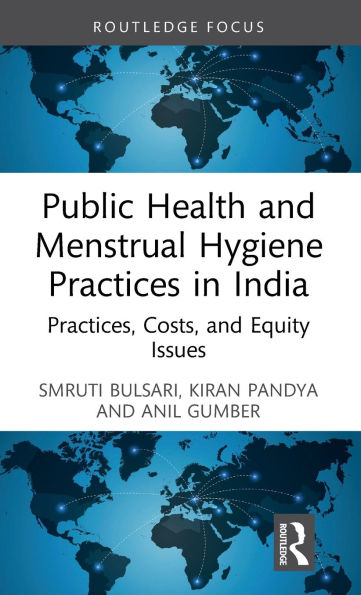
Barnes and Noble
Public Health and Menstrual Hygiene Practices India: Practices, Costs, Equity Issues
Current price: $190.00
Loading Inventory...
Size: Hardcover
*Product information may vary - to confirm product availability, pricing, shipping and return information please contact Barnes and Noble
This book examines the equity issues regarding practices of menstrual hygiene and affordability of menstrual products by the lower socioeconomic class in India.
By discussing a novel and detailed methodology of estimating the cost of menstrual hygiene, the authors identify various components of direct and indirect costs of menstrual hygiene. The research makes use of a mixed-methods approach to identify key cost drivers to estimate the overall costs across adolescent/young and older women belonging to diverse socioeconomic status. It also discusses the relevant socio-cultural issues associated with menstruation and menstrual cycles, as beliefs and taboos associated with menstrual cycles are the second most deciding factors influencing the choice of menstrual products after affordability.
This book will be of interest to researchers in the field of Women’s and Reproductive Health, Public Health in India, Health and Wellbeing and South Asian Studies.
By discussing a novel and detailed methodology of estimating the cost of menstrual hygiene, the authors identify various components of direct and indirect costs of menstrual hygiene. The research makes use of a mixed-methods approach to identify key cost drivers to estimate the overall costs across adolescent/young and older women belonging to diverse socioeconomic status. It also discusses the relevant socio-cultural issues associated with menstruation and menstrual cycles, as beliefs and taboos associated with menstrual cycles are the second most deciding factors influencing the choice of menstrual products after affordability.
This book will be of interest to researchers in the field of Women’s and Reproductive Health, Public Health in India, Health and Wellbeing and South Asian Studies.
This book examines the equity issues regarding practices of menstrual hygiene and affordability of menstrual products by the lower socioeconomic class in India.
By discussing a novel and detailed methodology of estimating the cost of menstrual hygiene, the authors identify various components of direct and indirect costs of menstrual hygiene. The research makes use of a mixed-methods approach to identify key cost drivers to estimate the overall costs across adolescent/young and older women belonging to diverse socioeconomic status. It also discusses the relevant socio-cultural issues associated with menstruation and menstrual cycles, as beliefs and taboos associated with menstrual cycles are the second most deciding factors influencing the choice of menstrual products after affordability.
This book will be of interest to researchers in the field of Women’s and Reproductive Health, Public Health in India, Health and Wellbeing and South Asian Studies.
By discussing a novel and detailed methodology of estimating the cost of menstrual hygiene, the authors identify various components of direct and indirect costs of menstrual hygiene. The research makes use of a mixed-methods approach to identify key cost drivers to estimate the overall costs across adolescent/young and older women belonging to diverse socioeconomic status. It also discusses the relevant socio-cultural issues associated with menstruation and menstrual cycles, as beliefs and taboos associated with menstrual cycles are the second most deciding factors influencing the choice of menstrual products after affordability.
This book will be of interest to researchers in the field of Women’s and Reproductive Health, Public Health in India, Health and Wellbeing and South Asian Studies.
